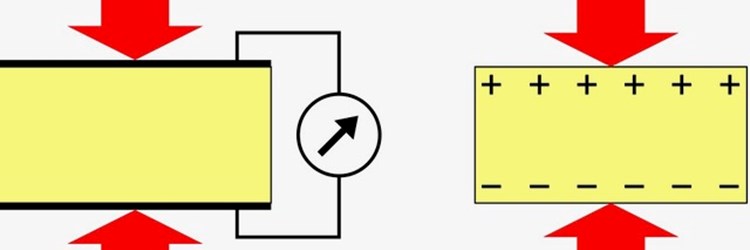

Investigation of condensed-matter observables at the fundamental level, in simple paradigmatic materials
The research concerns several observables of materials (crystalline and non-crystalline) having a geomrtrical nature. The archetype in this class of observables is the macroscopic electric polarization of solids, for which first-principle understanding dates since 1992 onwards. Such observables have very different experimental meanings, yet they show a common formal structure from a theoretical viewpoint. A list of known geometrical observables includes electrical polarization, orbital magnetization, anomalous Hall conductivity, Drude weight, some conductivity sum rules, and the so called “axion” term in magnetoelectric response.
The research is conducted via analytical techniques, as well as via simulations on selected test cases. Quite often, the computational experiment provides an unexpected result and originates the analytical development.
The main geometrical quantities (connection, curvature, quantum metric, Chern-Simons 3-form, Berry phase, Chern invariant...) which yield the ground- state observables of a crystalline material are defined in reciprocal space (k-space). We have pioneered an alternative viewpoint in r space. The rationale is that the Bloch vector k is an artificial construct, and may address homogeneous crystalline samples only. All ground state properties are embedded in the ground state density matrices: we have shown that alternative r space formulations are available, capable to address more general systems (inhomogeneous and disordered solids, heterojunctions, & the like).
We have also further developed the modern theory of the insulating state, pioneered by us in 1999, whose basic tenet is that the quantum geometry of the electronic ground state sharply differentiates insulators from metals. The theory deals on a common ground with all kinds of insulators: band insulators, Mott insulators, Anderson insulators, quantum Hall insulators, Chern and topological insulators.
Theoretical and computational research work on physical properties of real materials whose root is in the geometry and/or topology of the electronic ground state.